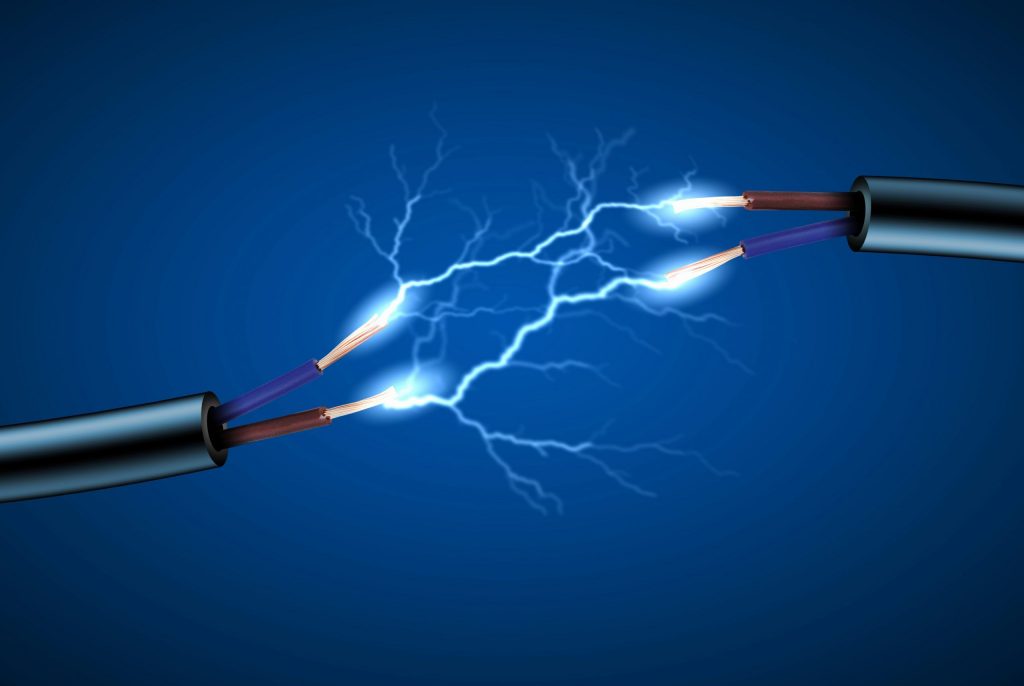More than 10 million homes are vulnerable to high energy bills due to poorly insulated roofs, but could be upgraded at no upfront cost to the household or taxpayer, according to a new report.
The claim, made in a report published by the Association for Decentralised Energy, which sets out a new approach to funding energy efficiency measures in buildings that avoids any upfront costs.
In the report, the ADE emphasises a ‘proportional and pragmatic’ approach to net zero can and must include energy efficiency measures.
The public are in need of more energy efficient homes, but it is “crucial that this can be delivered without putting requirements on households”, it said and “without adding to taxpayer spending and without increasing household debt”.
The report said energy efficiency is stalling, and unless existing subsidy programmes and green finance measures are levelled up in a way that supports households, millions of buildings will continue to be at risk.
Historically, attempts to introduce public funding or regulation to deploy energy efficiency measures have not been successful enough for the challenge at hand, it said.
But the ADE argues banks, energy suppliers and the grid could effectively fund upgrades through new mechanisms such as enhanced cashback schemes, loyalty schemes, lender requirements, Energy as a Service offerings, grid level auctions, regional tenders and planning compensation.
The ADE calls for the Government to take the lead on this new approach to energy efficiency, and play a key role in convening lenders, energy suppliers and grid operators and encouraging them to unlock these options for the wider public.
Chris Friedler, Energy Efficiency Policy Manager at the ADE, said:
“We know the UK needs energy efficiency to scale up to millions of homes to fight climate change, fuel poverty and energy insecurity. Yet, scaling up subsidy funding to the level required or introducing regulations has faced barriers. Funding abounds for energy efficiency in the private market, and today’s report advocates for seven key methods of funding energy efficiency.
“Critically, these don’t increase taxpayer spending, put requirements on households, and come with no upfront cost, with energy savings for the households straight away. These solutions are urgently needed for a greener, more affordable, and more secure future.”















